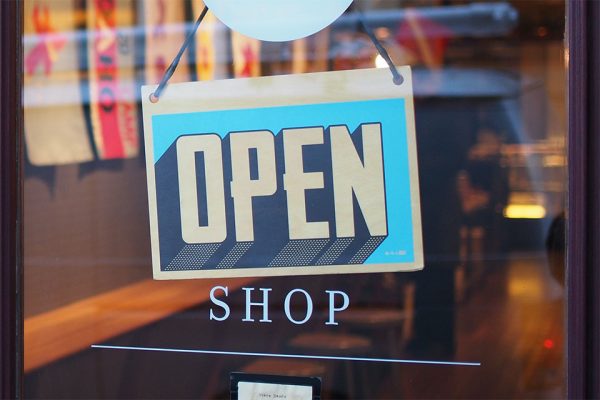
Having a well-organized store is important for two reasons; it makes it easier for customers to find what they’re looking for, and it makes the store more efficient and streamlined. If your store is a mess, it’s time to start thinking about ways to get it organized.
1. Store Layout
Your store layout is important for a number of reasons. A well-laid-out store will be easier to navigate for customers, helping them to find what they need more quickly. This in turn can lead to increased sales and a higher level of customer satisfaction. There are a few things to bear in mind when planning your store layout.
First, think about the flow of traffic through your store. You want to create a clear path that will lead customers from the entrance to the exit with minimal detours. obstacles, or dead ends. A gondola shelf can be a great way to create this clear path. Second, consider the placement of your merchandise. You’ll want to group similar items together so that customers can easily find what they’re looking for. For example, if you sell clothes, you might want to have a separate section for each type of clothing: men’s, women’s, children’s, etc.
Finally, don’t forget about aesthetics! Your store layout should be pleasing to the eye and inviting to customers. This means taking into account factors like lighting, color scheme, and overall design.
2. Stock Management
As a retailer, one of your key priorities will be to ensure that you have the right level of stock to meet customer demand. This can be a difficult task to manage, particularly if you are selling products that have a limited shelf life.
- Use technology to your advantage: There are various software solutions available that can help you keep track of your stock levels and sales data. This information can be invaluable in helping you make decisions about stock levels.
- Plan for the future: Seasonal spikes in demand can be difficult to predict, but if you plan ahead you can avoid being caught out. Make sure you know what seasonal trends are likely to impact your business and plan accordingly.
- Be flexible: Your plans may not always go according to schedule, so it’s important to be flexible and adapt as necessary. Things like unexpected supplier delays or unanticipated customer demand can throw a spanner in the works, so be prepared to make changes on the fly.
3. Staff Training
It is important to ensure that your staff is properly trained in customer service and product knowledge. This will help them to provide a better shopping experience for your customers and increase sales. Firstly, your employees should be able to understand the needs of your customers and offer them the products that they are looking for. Secondly, they should be able to answer any questions that your customers may have. Finally, they should be able to close sales with confidence.
4. Customer Service
- Train your employees properly so they know how to deal with customers
- Make sure your employees are friendly and polite
- Offer a good returns policy
- Respond to customer complaints promptly
- Always try to improve your products and services
5. Marketing
Marketing your store can be a daunting task, but with a little organization, you can make it a breeze. Here are some ideas to help you:
- Develop a marketing plan: This should include your target market, what type of advertising and promotions you’ll use, and how often you’ll do them.
- Get organized: Create a system for tracking your marketing efforts so you can see what’s working and what isn’t.
- Be consistent: The key to successful marketing is consistency. Make sure you’re consistently promoting your store and reaching out to your target market.
6. Technology
The first step in organizing your store is to asses what technology you currently have and what technology you need. This can be a daunting task, but there are some easy ways to get started. Start by taking inventory of the physical space you have to work with. Make a list of all the shelves, racks, and other storage units you have. Then, measure the dimensions of each item so you can start planning how to best use the space.
Next, take stock of the products you sell. How many different SKUs do you carry? What are your bestselling items? Knowing this information will help you determine which products need to be easily accessible and which can be stored away.
Now it’s time to assess your technology needs. Do you need a POS system? What about an inventory management system? There are many different software programs available that can help make running your store easier. Choose the ones that will work best for your business.
Finally, put together a budget for your project. Technology can be expensive, but there are often ways to save money. For example, look for used equipment or take advantage of free trial periods before committing to a purchase. By carefully planning your technology needs, you can ensure that your store is organized and efficient.

There you have it, 6 ideas to help you organize your store! Hopefully, these tips will help you get your business organized and looking its best.
SUBSCRIBE FOR MORE! HERE’S WHY:
1. You get 7 free books
2. You get the best money & productivity articles
3. You get the latest updates – all in one email per week
You have Successfully Subscribed!
